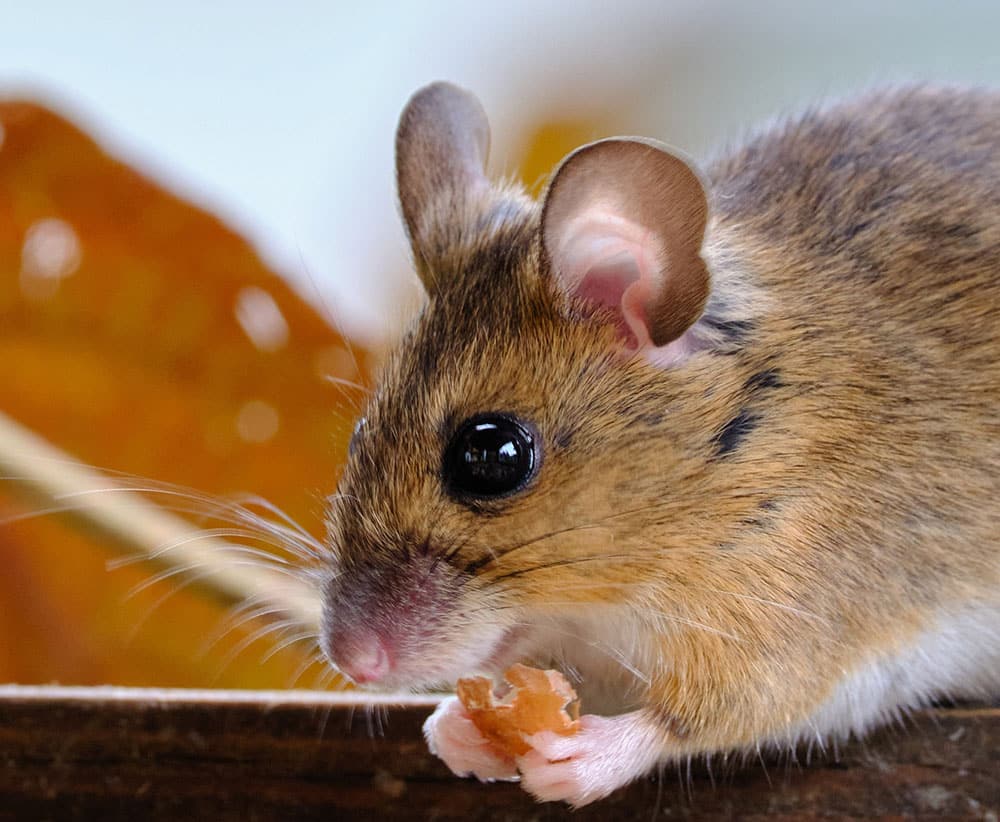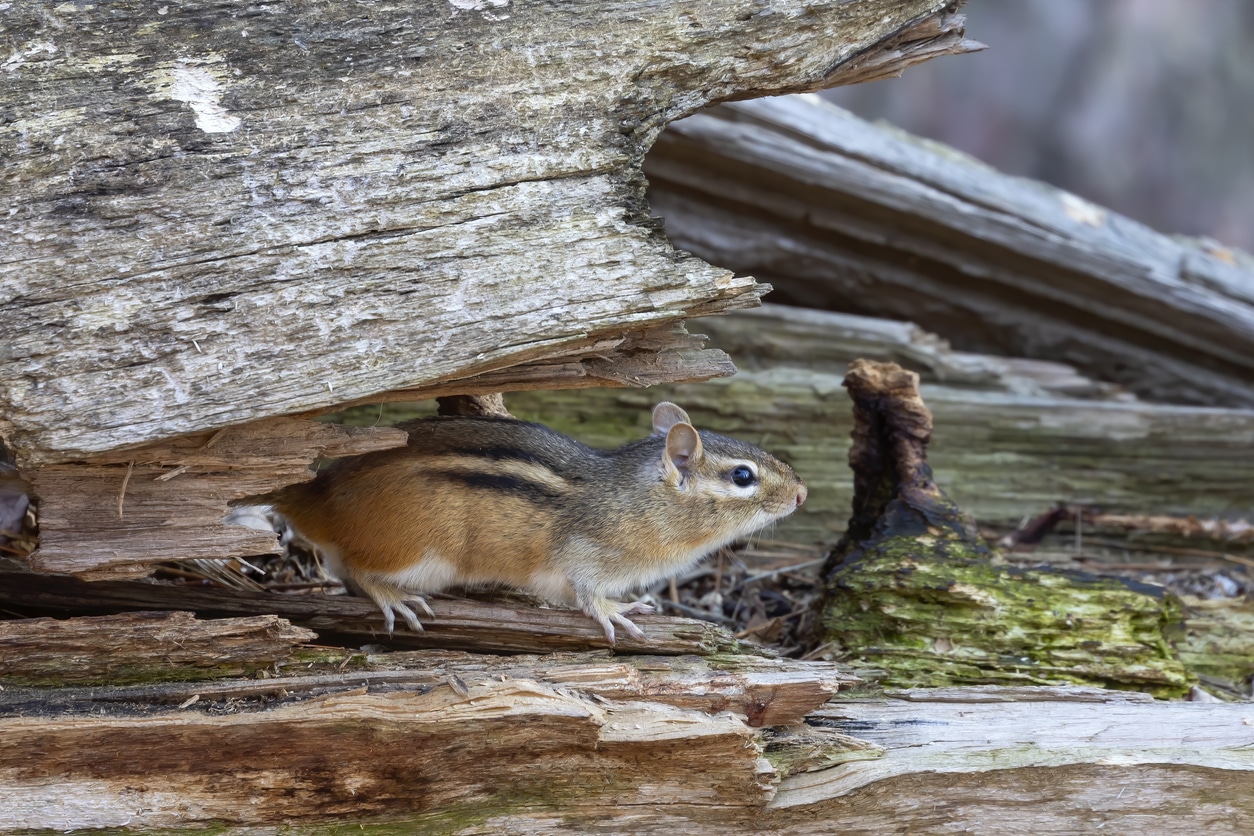Field Mouse, House Mouse, Voles
The house mouse is a small, slender rodent that has a slightly pointed nose; small, black, somewhat protruding eyes; large, sparsely haired ears; and a nearly hairless tail with obvious scale rings. House mice are considered among the most troublesome rodents in the United States.
An adult house mouse weighs about 2/5 to 4/5 ounce (11 to 22 grams). They are generally grayish brown with a gray or buff belly. Similar mice include the white-footed mice and jumping mice (which have a white belly), and harvest mice (which have grooved upper incisor teeth).
A very adaptable species, the house mouse often lives in close association with humans and therefore is termed one of the “commensal” rodents along with Norway and roof rats. House mice are much more common in residences and commercial structures than are rats.
House mice live in and around homes, farms, commercial establishments, and in open fields and agricultural lands. At times they may be found living far from human settlements, particularly where climates are moderate. The onset of cold weather each fall in temperate regions may cause mice to move into structures in search of shelter and food.

House mice eat many types of food but prefer seeds and grain. They are not hesitant to eat new foods and are considered “nibblers”, sampling many kinds of items that may exist in their environment. Foods high in fat, protein, or sugar may be preferred even when grain and seed are present. Such items include bacon, chocolate candies, butter, and nutmeats.
Unlike Norway and roof rats, house mice can survive with little or no free water, although they readily drink water when it is available. They obtain their water from the food they eat. An absence of liquid water or food of adequate moisture content in their environment may reduce their breeding potential.
When house mice live in or around structures, they almost always cause some degree of economic damage. In homes and commercial buildings, they may feed on various stored food items or pet foods. In addition, they usually contaminate foodstuffs with their urine, droppings, and hair. On farms, they may cause damage to feed storage structures and feed transporting equipment. A single mouse eats only about 3 grams of food per day (8 pounds [3.6 kg] per year) but destroys considerably more food than it consumes because of its habit of nibbling on many foods and discarding partially eaten items.
House mice living in fields may dig up and feed on newly planted grain, or may cause some damage to crops before harvest. But losses in stored foods are considerably greater. Mice commonly damage containers and packaging materials in warehouses where food and feeds are stored. Much of this loss is due to contamination with droppings and urine, making food unfit for human consumption.
House mice cause structural damage to buildings by their gnawing and nest-building activities. In livestock confinement facilities and similar structures, they may quickly cause extensive damage to insulation inside walls and attics. Such damage also occurs in homes, apartments, offices, and commercial buildings but usually at a slower rate because mouse populations in such structures are smaller. House mice often make homes in large electrical appliances, and here they may chew up wiring as well as insulation, resulting in short circuits which create fire hazards or other malfunctions that are expensive to repair. Mice may also damage stored items in attics, basements, garages, or museums.
If you’re having trouble with mice in your house or business, contact Prompt Action Pest Control today.








